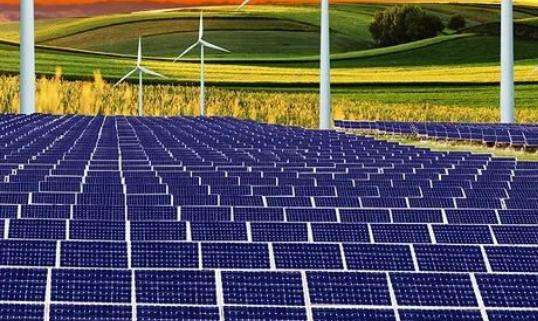To put it simply, the process of producing thermal power consists of: burning fuel to generate heat, heating water to produce superheated steam at high temperature and high pressure, pushing the turbine to rotate, drive the generator rotor to rotate, the stator coil cuts the magnetic lines of force to emit electrical energy, then increases the voltage. The transformer steps up to the system voltage and is connected to the grid to transmit power outside.
What can respectively convert thermal energy, hydraulic energy and nuclear energy into electrical energy?
The working principle of a steam turbine in a thermal power plant is as follows:
Use coal so that the water produces a large amount of steam, then use the pressure of the steam to drive the steam turbine spins, converting thermal energy into energyie mechanics. Since the steam turbine is connected to the wheel of the electromagnetic generator, the rotation of the steam turbine drives the rotation of the electromagnetic generator, and the generator converts mechanical energy into electrical energy and stores it.
The steam turbine is a rotating machine that converts the energy of steam into mechanical work. Also called a steam turbine. It is mainly used as a prime mover for power generation and can also directly drive various pumps, fans, compressors and ship propellers. Exhaust steam or intermediate extraction steam from the steam turbine can also be used to meet production and living heating needs.
1. Thermal energy production: internal energy is converted into mechanical energy
Specific process: chemical energy of fuel - internal energy - mechanical energy - energyelectric
2. Hydroelectric production: mechanical energy is converted into electrical energy;
Specific process: mechanical energy - electrical energy
3. Nuclear power plant: Nuclear energy is converted into electrical energy. energy;
Specific process: Nuclear energy - Internal energy - Mechanical energy - Electrical energy
The thermal energy production process is a process that uses the chemical energy generated when Fuels (such as coal) are burned to be converted into electrical energy. According to their functions, they can be divided into two categories, namely vapor condensing type and thermoelectric type. The former only provides electrical energy to users, while thermoelectricity not only provides electrical energy to users, but also provides thermal energy such as steam and hot water to users,what is called “cogeneration of heat and electricity”. Thermal power plants have different capacities and different specific shapes, but their production processes are similar.














